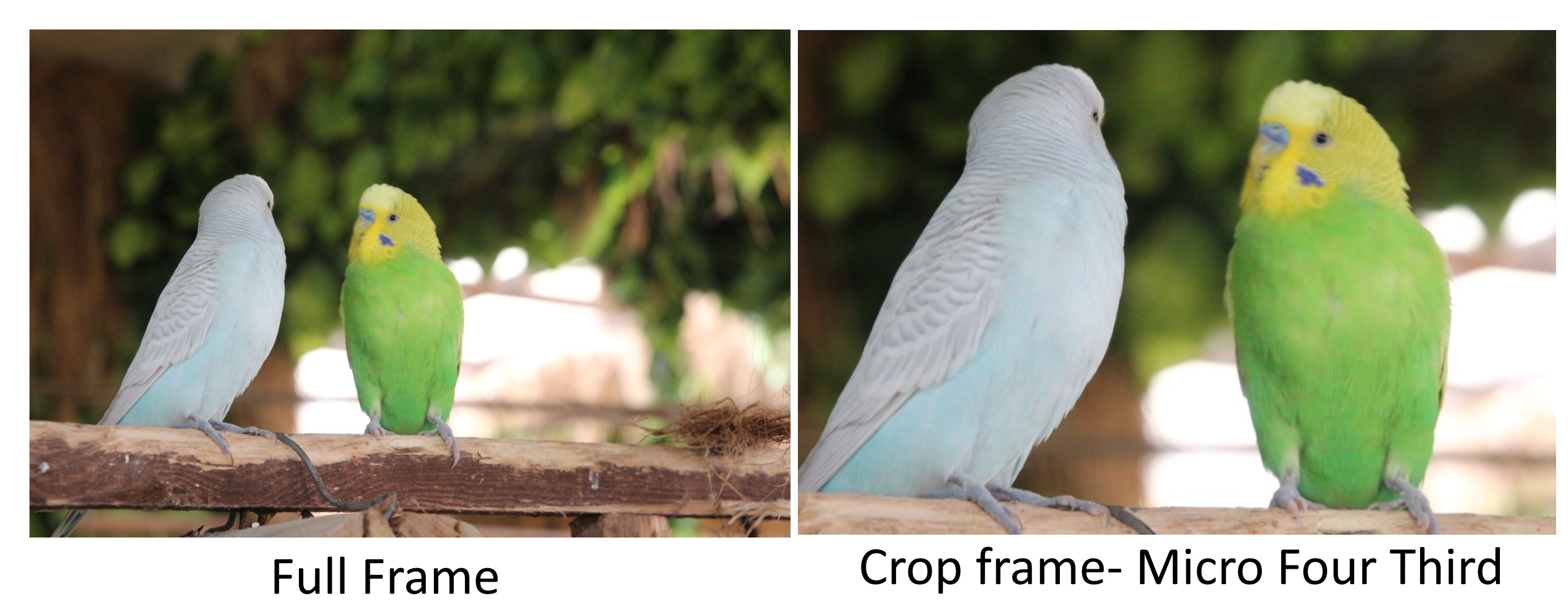

However, the crop factor can be an advantage to photographers when a narrow FOV is desired. Ultra-wide lens designs become merely wide wide-angle lenses become ' normal'. This narrowing of the FOV is a disadvantage to photographers when a wide FOV is desired. For example, a 28 mm lens delivers a moderately wide-angle FOV on a 35 mm format full-frame camera, but on a camera with a 1.6 crop factor, an image made with the same lens will have the same field of view that a full-frame camera would make with a ~45 mm lens (28 × 1.6 = 44.8). The result is that the image sensor captures image data from a smaller area than a 35 mm film SLR camera would, effectively cropping out the edges of the image that would be captured by the 36 mm × 24 mm 'full-size' film frame.īecause of this crop, the effective field of view (FOV) is reduced by a factor proportional to the ratio between the smaller sensor size and the 35 mm film format (reference) size.įor most DSLR cameras, this factor is 1.3–2.0×.

Most DSLRs on the market have nominally APS-C-sized image sensors, smaller than the standard 36 × 24 mm (35 mm) film frame. Of course, the actual focal length of a photographic lens is fixed by its optical construction, and does not change with the format of the sensor that is put behind it. Using an FLM of 1.5, for example, a photographer might say that a 50 mm lens on a DSLR "acts like" its focal length has been multiplied by 1.5, which means that it has the same field of view as a 75 mm lens on the film camera that they are more familiar with. The terms crop factor and focal length multiplier were coined to help 35 mm film format SLR photographers understand how their existing ranges of lenses would perform on newly introduced DSLR cameras which had sensors smaller than the 35 mm film format, but often utilized existing 35 mm film format SLR lens mounts. Introduction A 50 mm lens on an APS-C format (crop factor 1.6) images a slightly smaller field of view than a 70 mm lens on a 35 mm camera. The focal length of the lens does not change by using a smaller imaging area the field of view is correspondingly smaller because a smaller area of the image circle cast by the lens is used by the smaller imaging area.
#CROP SENSOR VS FRAME SENSOR FICU ISO#
If it is desired to capture an image with the same field of view and image quality but different cameras, the aperture and ISO settings also need to be adjusted with respect to the crop factor. For example, a lens with a 50 mm focal length on an imaging area with a crop factor of 1.6 with respect to the reference format (usually 35 mm) will yield the same field of view that a lens with an 80 mm focal length will yield on the reference format. Lens focal length by the crop factor gives the focal length of a lens that would yield the same field of view if used on the reference format. The crop factor is sometimes referred to as the focal length multiplier ("Film") since multiplying a

View and image quality of different cameras with the same lens. The crop factor is sometimes used to compare the field of Given the same 3:2 aspect ratio as 35mm's 36 mm × 24 mm area, this is equivalent to the ratio of heights or ratio of widths the ratio of sensor areas is the square of the crop factor. The most commonly used definition of crop factor is the ratio of a 35 mm frame's diagonal (43.3 mm) to the diagonal of the image sensor in question that is, CF = diag 35 mm / diag sensor. In the case of digital cameras, the imaging device would be a digital image sensor. In digital photography, the crop factor, format factor, or focal length multiplier of an image sensor format is the ratio of the dimensions of a camera's imaging area compared to a reference format most often, this term is applied to digital cameras, relative to 35 mm film format as a reference. (The actual image circle of most lenses designed for 35 mm SLR format would extend further beyond the red box than shown in the above image.) The outer, red box displays what a 24×36 mm sensor would see, the inner, blue box displays what a 15×23 mm sensor would see. Not to be confused with Optical magnification.


 0 kommentar(er)
0 kommentar(er)
